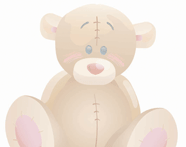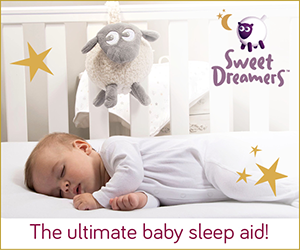Safe Toys & Play

Toys and play are important to your child’s development, and safety is essential. In Canada, responsibility for toy safety is shared among governments, the toy industry, safety associations, parents, and caregivers.
Toy makers must ensure that their toys meet Health Canada’s product safety regulations. Although stores are regularly checked for unsafe toys, such toys can still make their way into your home.
Toy Safety: What You Should Know
- Children under three years of age tend to put things in their mouths.
- Keep small toys, small balls, or small loose toy parts away from children under 3 and from older children who still put toys in their mouth.
- If the toy or any piece of it can fit inside a toilet paper tube, it could cause a child to choke.
- Keep all toys, especially fabric and soft toys, away from heat sources, such as stoves, fireplaces, and heaters.
- Avoid toys with cords.
- Loud toys can damage a child’s hearing.
- Supervise children at play and teach them how to use their toys safely.
- Regularly inspect your baby’s toys to make sure they are not broken. Look for sharp edges.
- Check the eyes and noses of stuffed animals. Broken seams in stuffed toys may reveal small removable parts, such as squeakers in squeeze toys. Discard toys that are not safe. Balloons
- Balloons can make children choke.
- Always keep balloons and pieces of broken balloons out of the reach of young children.
- Supervise children when they are around balloons. Toy Storage
- If the toy box has a lid, it should be lightweight, with hinges that can hold the lid open and holes that allow air inside. Heavy lids falling on children’s heads and necks can cause death.
- Children should not have access to airtight storage bins, trunks, or boxes. These could cause suffocation if a child climbs inside. Ride-On Toys
- Toys that children ride on must match the child’s size and ability. Make sure the toy will not tip when your child is on it.
- Children on ride-on toys can move very quickly. Do not permit a ride-on toy near stairs, traffic, swimming pools, or any other dangerous area.
- Clear the area of lamps, cords, and anything that could be knocked over or pulled down onto the child. How to Buy Safe Toys
- Read labels to make sure the toy is right for your child’s age.
- Even if your child seems mature for his or her age, remember that the age level for a toy is based on safety.
- Check for safety features.
- Toys made of fabric should be labelled as flame resistant or flame retardant.
- Stuffed toys should be washable.
- All toys should be painted with lead-free paint, and art materials (including crayons) should say “non-toxic” somewhere on the package.
- Look for toys that are sturdy and well constructed.
- Young children like to pull and twist toys, and often try to put them in their mouths.
- Make sure that eyes, noses, buttons, and other small parts of toys are securely attached.
- Check toy cars to make sure the wheels are on tight.
- Don’t buy toys with cords or long strings for babies or toddlers. Never hang anything around a toddler’s neck and never hang toys with long strings or ribbons in a crib or playpen.
Throw away the plastic wrapping around a toy as soon as it is open. A child can choke on this wrapping. To Learn More… Health Canada: www.hc-sc.gc.ca The Hospital for Sick Children: www.sickkids.ca CPHA)
Brought to you by the Canadian Public Health Association in partnership with Lysol®





